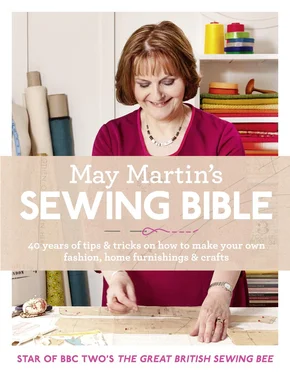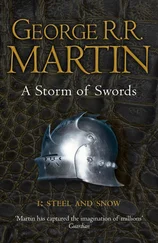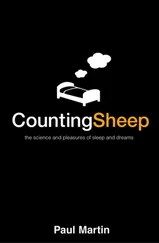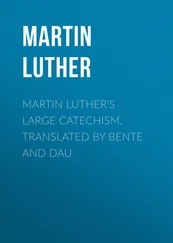Sewing has become hugely popular again. I’ve seen it in the growing numbers of students signing on for classes and in the appeal of TV programmes like The Great British Sewing Bee , for which I had the privilege of being one of the judges. What was striking about the programme was how well the contestants bonded with each other, and this is something that I’ve noticed in my own classes. People love to help each other and share their ideas. As a teacher, I find I learn so much from my pupils. I’ve even included a few tips in the here that they’ve shown me, such as the technique for double binding the edge of patchwork to make beautiful mitred corners.
In this book, I have tried to gather together some of the tips and tricks I’ve learned over the years. Along the way, I’ve discovered different methods of tackling particular techniques that make them easier as well as producing a better finish, and my aim is to share some of the tips that my students have found most helpful. I’ve begun with the basics – where to sew and what equipment you’ll need – and offered advice on the ‘raw materials’ of a project, from choosing fabric and thread to selecting and laying out a pattern. And I’ve presented some of the fundamental techniques that are so important in sewing, from how to make different types of seams and hems to such processes as creating your own binding(really easy if you have the right gadget) and forming ‘magic’ rouleau loops. At every point, I’ve tried to demystify the subject for beginners – explaining pattern terms and markings, for instance – while at the same time providing ideas for those with more experience to help enhance their sewing knowledge.
In the second part of the book, I’ve presented a range of projects to suit varying degrees of skill and ability – beginner, intermediate and more advanced. The skill level is shown at the start of each project. Beginner projects only require straight seams and simple hand stitching; intermediate projects involve curved seams, bound edges and relatively easy fastenings such as drawstrings or centred zips; the more advanced feature facings, interlinings, and matching fabric patterns and may involve assembling several different components. With these I’ve tried to give a taste of every type of sewing project you might be tempted to try, from craft work– how to make your own buntingor a beautiful puppet theatre, complete with puppets – to home furnishings, from a Roman blindto a boxed cushion cover. There are a number of dressmaking projects too, a range of items for both adults and children. These are linked to actual patterns that you can buy – and which you will need for the pattern pieces and full assembly instructions – but you don’t have to be restricted to these. My aim has been to try to bring them alive by focusing on particular techniques – such as how to insert an invisible zip or make a smocked panelfor a little girl’s dress – which you can add to your repertoire and use again and again in other projects, building your skills all the time.
It is a privilege to be in a position to reach a wider audience and share what I’ve learned over the years. It has given me so much pleasure to teach others, helping and guiding them. I hope this book conveys some of that joy so that you in turn will be inspired to begin your own sewing journey.


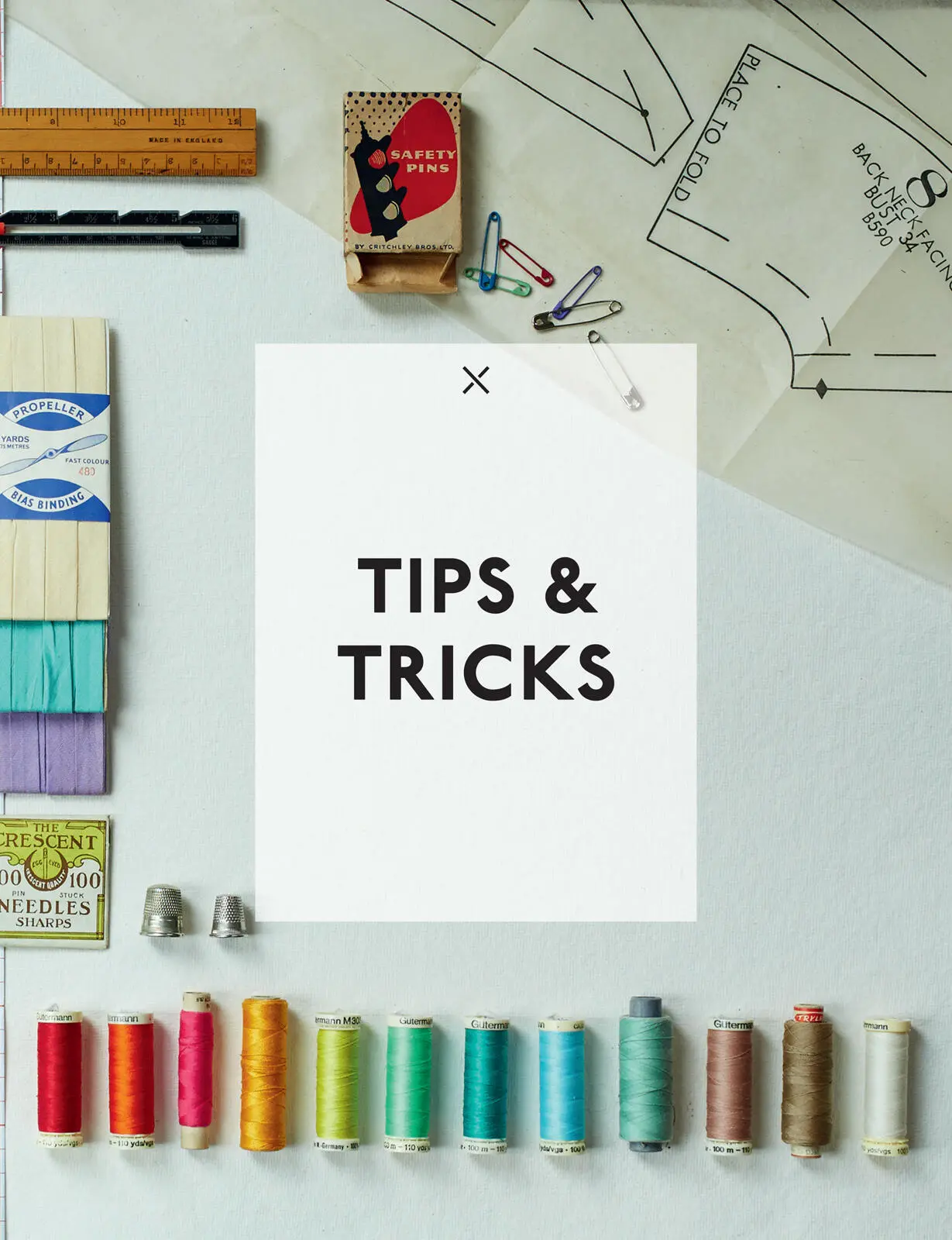
Конец ознакомительного фрагмента.
Текст предоставлен ООО «ЛитРес».
Прочитайте эту книгу целиком, купив полную легальную версию на ЛитРес.
Безопасно оплатить книгу можно банковской картой Visa, MasterCard, Maestro, со счета мобильного телефона, с платежного терминала, в салоне МТС или Связной, через PayPal, WebMoney, Яндекс.Деньги, QIWI Кошелек, бонусными картами или другим удобным Вам способом.
